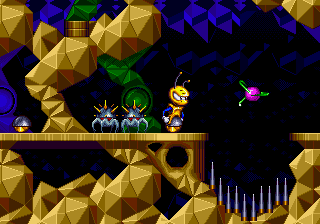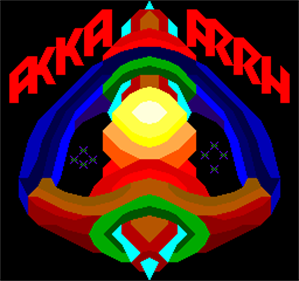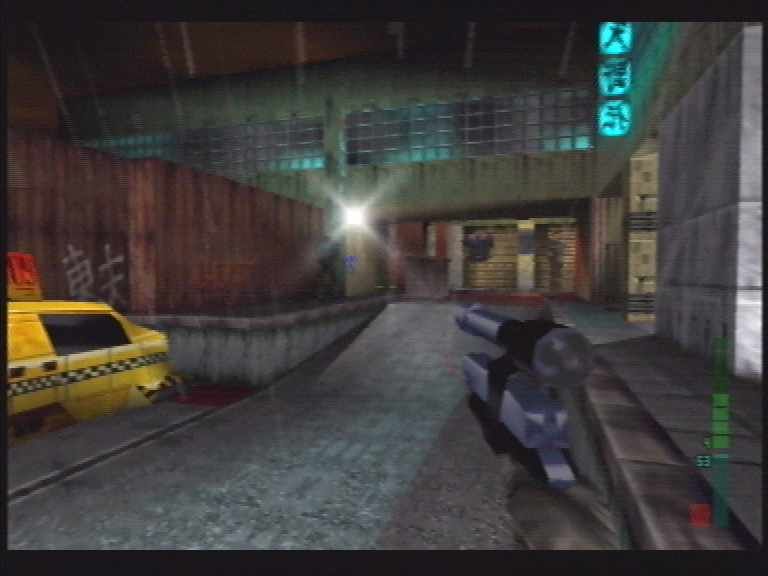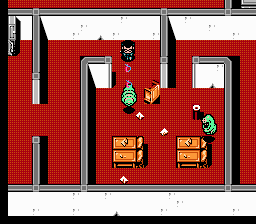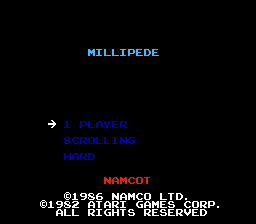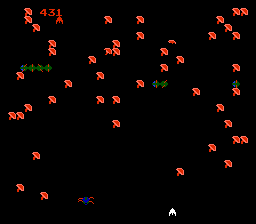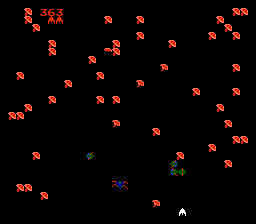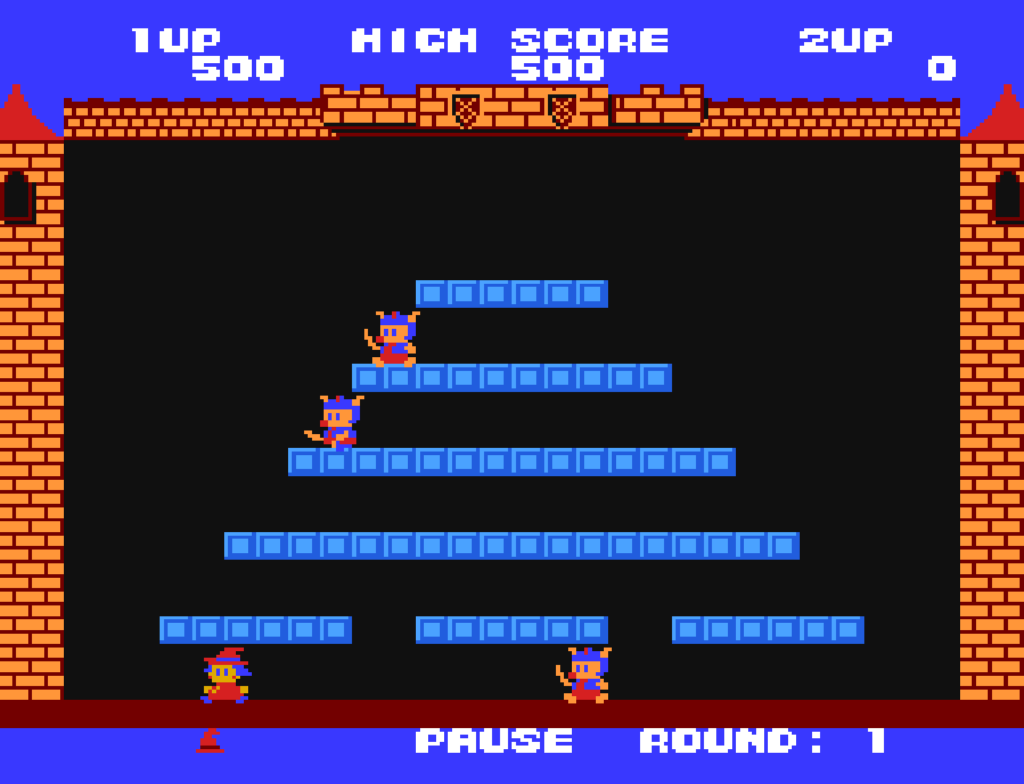They’re not quite romhacks today, in fact they’re both nearly fully developed games that just never saw release. They’re also both ports of UK-made Amiga software of some renown. Sensible Soccer is a legendary soccer simulation that still sees the occasional new release, and Populous was the original “God game,” helmed by Peter Molyneux, where players take the role of a god trying to lead their followers to conquer a series of hundreds of worlds.

Both were recovered by the website Games That Weren’t. Here’s their page for Sensible Soccer, and here’s the page on Populous. Both pages feature rom images that can be downloaded and played in an emulator.
Sensible Soccer’s claim to fame is a mixture of statistical depth and arcade-like gameplay that might bring players to mind of Tecmo Bowl. Wikipedia’s page on it, in fact, suggests that a Tecmo arcade game may have been an inspiration. Populous did see console releases for both the Mega Drive/Genesis and the SNES. The SNES version included content from an expansion pack, and has a number of additional terrains, as well as over a thousand levels to play. How did it do it? It created its maps procedural, natch, and you got to skip a number of levels depending on how well you did on the last map.

Looking at the tiny view onto the game world the NES version allows, it isn’t surprising to me that it never saw release. Compare to a screen from the Amiga version (screenshot from Wikipedia):

As can be seen, even the Amiga version only shows a small portion of the playfield, but it still gives you more to see than the NES version, although I think the number of visible tiles, 64, is in fact the same. The NES’s color limitations are also a problem, and what you don’t see in the screenshot is that moving the display around isn’t instant. The NES can’t change many background tiles in a single frame without blanking the screen, so what Populous does, on that platform, is do an animated vertical wipe when the display scrolls. It takes about half a second to change views, so when moving tile by tile across a large area the delays accumulate and slow down the game. That may also be why it doesn’t use larger tiles, it’d compound the delay in scrolling the viewport.
Despite that though, it’s great to see the game finally greet the world after so long, and even though it’s rumored to have a couple of bugs, Sensible Soccer looks like it might be a keeper.


